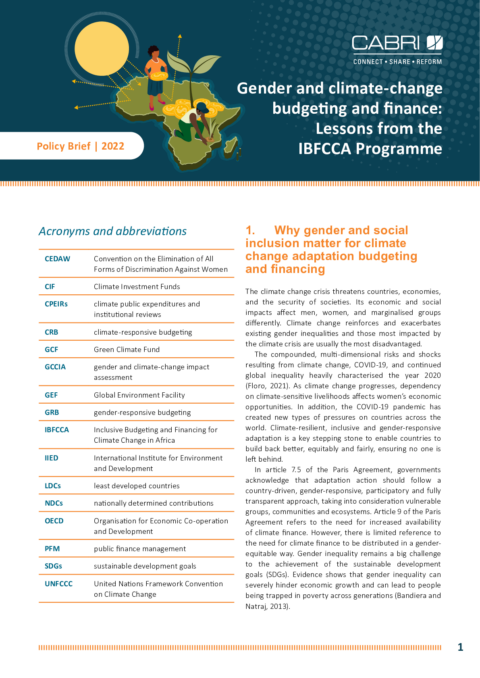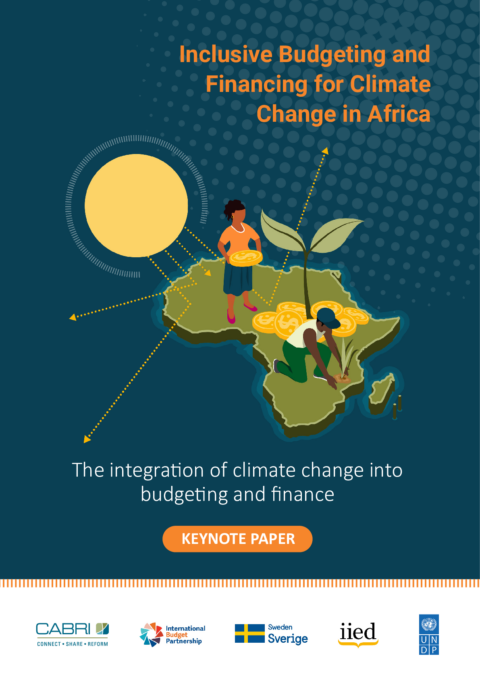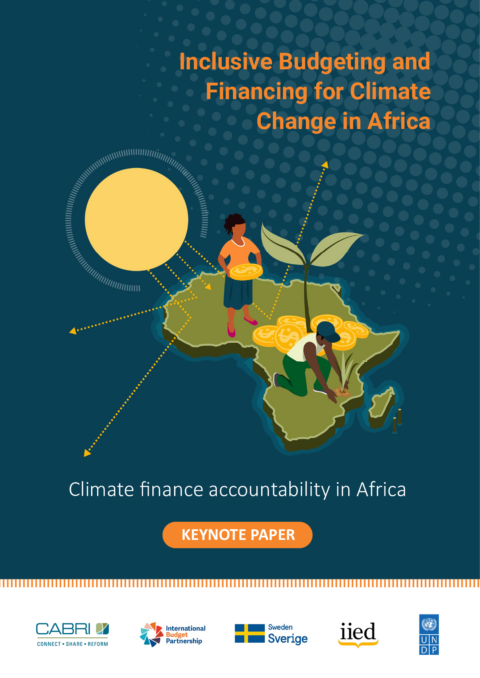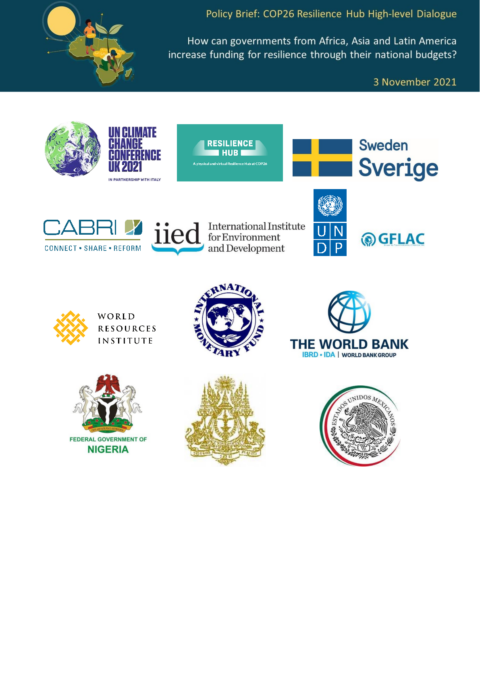How can governments from Africa, Asia and Latin America increase funding for resilience through their national budgets?
Developing countries are expected to bear the brunt of the burden from climate change. The costs associated with adaptation will depend on the level of greenhouse gas emissions. The annual cost of adaptation in developing countries is estimated to range between a minimum of 280 to 500 billion USD by 2050 (UNEP, 2016). Climate financing will have to be significantly increased to avoid a widening financing gap. International financing remains one of the largest and most important sources of climate financing. However, domestic financing can also play an important role in financing climate resilience and in leveraging international finance. The objective of the session was to consider some of the innovative ways governments in the developing world have financed climate adaptation and resilience through their national budgets.
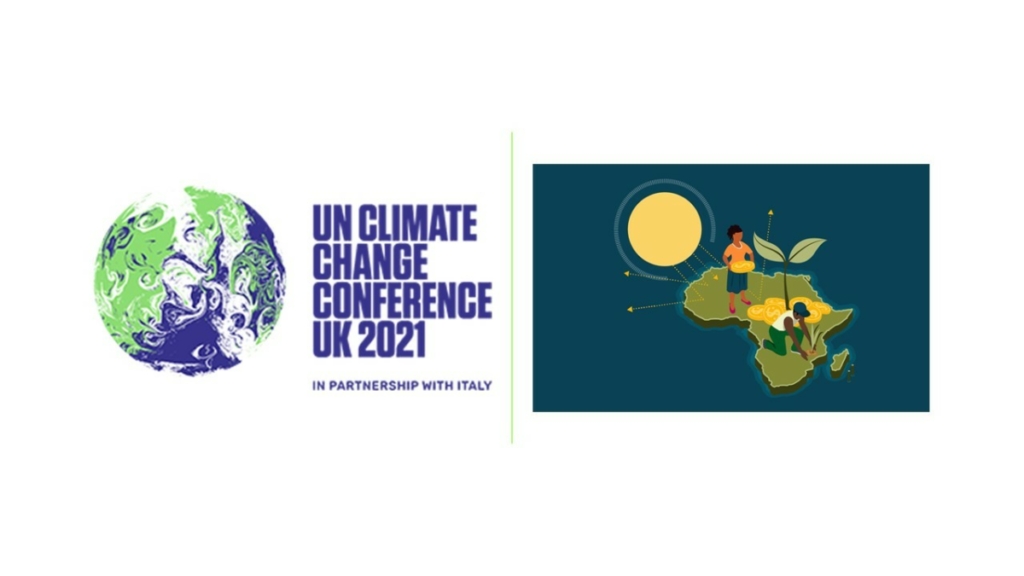
The session aims to,
- showcase the role of Ministries of Finance in managing climate finance
- demonstrate the growing size of domestic public budgets for climate resilience
- show how this domestic finance can be used to leverage international finance
- Share ways to build capacity of Ministries of Finance on climate budgeting
The session will start with a high-level ministerial dialogue on commitments to finance climate resilience followed by a more technical discussion which includes multilateral and research institutions.


